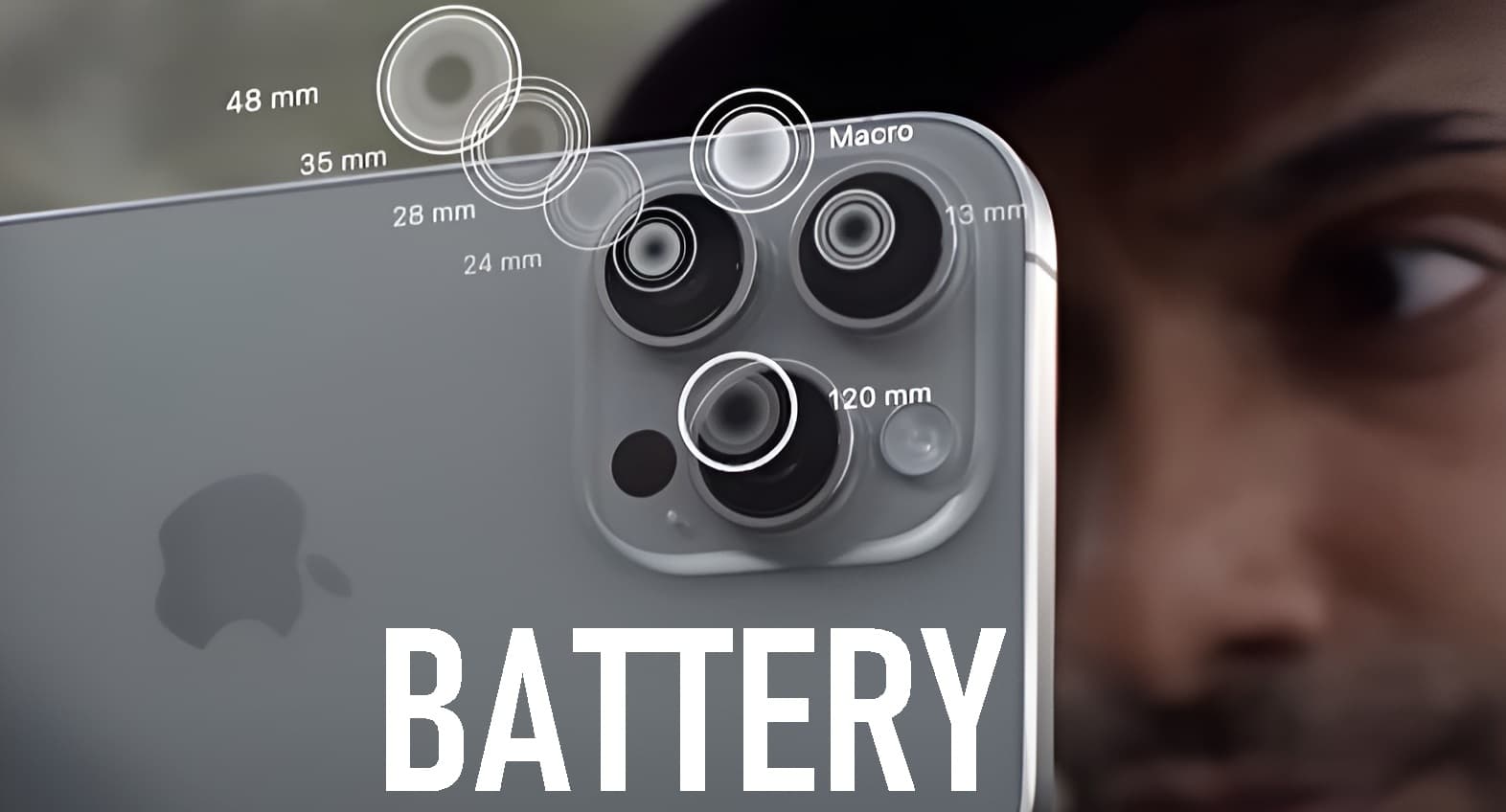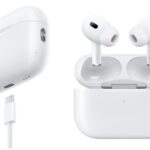In the world of smartphone cameras, terms like “macro” and “depth” often pop up, but what do they actually mean? How do these features differ, and why might one be more useful than the other? This guide will break down these concepts, explain when and why to use them, and compare their roles in modern smartphones.

Difference Between Macro and Depth Cameras
Macro Cameras
What They Do:
Macro cameras are designed for capturing extremely close-up shots. They let you focus on tiny details, such as the texture of a leaf or the intricacies of a watch’s face. Macro lenses have a special design that allows them to focus on objects that are very close to the camera, often just a few centimeters away.
Key Features:
- High Magnification: Allows for detailed close-ups.
- Short Focal Length: Optimized for very close distances.
Depth Cameras
What They Do:
Depth cameras are used to measure the distance between the camera and various objects in the scene. This information helps in creating a sense of depth in images, which is useful for features like portrait mode, where the background is blurred to highlight the subject.
Key Features:
- Depth Mapping: Creates a 3D effect by distinguishing between foreground and background.
- Enhances Portrait Mode: Helps achieve a more realistic bokeh effect.
When to Use a Macro Camera on Your Phone
Best Use Cases:
- Close-Up Photography: Ideal for capturing fine details in small objects.
- Creative Shots: Great for artistic shots that highlight textures and patterns.
How to Maximize Use:
- Steady Hands: Hold your phone steady or use a tripod to avoid blurriness.
- Proper Lighting: Ensure you have good lighting to enhance the details captured by the macro lens.
Are Depth Sensors Really Necessary?
Pros of Depth Sensors:
- Enhanced Portraits: Improves background blur and subject isolation.
- Better AR Experiences: Enhances augmented reality applications by accurately measuring distances.
Cons:
- Limited Use: Depth sensors are often only used for specific features like portrait mode.
- Redundancy: Advanced software algorithms can sometimes replicate depth effects without a dedicated sensor.
Why High-End Phones Skip Macro Cameras
Reasons for Skipping:
- Software Alternatives: Many high-end phones use software to simulate macro photography, reducing the need for a dedicated lens.
- Space and Cost: Including a macro lens can take up space and add to the cost of the phone. Manufacturers often prioritize other features that offer more general benefits.
What to Consider:
- Quality vs. Quantity: High-end phones may focus on improving other aspects of camera technology, like overall image quality and zoom capabilities, rather than adding a macro lens.
Ultra Wide Cameras vs. Macro Cameras
Ultra Wide Cameras:
- What They Do: Capture a much broader view than standard lenses, making them great for landscapes and group shots.
- Best For: Wide-angle scenes where you want to fit more into the frame.
Macro Cameras:
- What They Do: Focus on very close-up details, capturing textures and fine points.
- Best For: Extreme close-ups where detail is key.
Comparison:
- Field of View: Ultra wide cameras cover a large area, while macro cameras focus on small details.
- Application: Use ultra wide cameras for expansive scenes and macro cameras for intricate close-ups.
The History of the Megapixel Race in Smartphones
Early Days:
- VGA and 1-2MP Cameras: Initial smartphone cameras had very low resolutions, suitable for basic photos but not much else.
Mid-Range:
- 8-12MP Cameras: Improvements in resolution allowed for better photo quality and larger prints.
Modern Era:
- 50MP and Beyond: Recent advancements have seen smartphones with cameras boasting 50MP, 108MP, and even up to 200MP. Higher megapixels provide more detail and allow for significant cropping without losing quality.
Impact of Megapixels:
- More Detail: Higher megapixels can capture more detail, but other factors like sensor size and lens quality also play crucial roles.
How to Take Better Photos with Your Phone’s Main Camera
Tips for Great Photos:
- Clean Your Lens: A clean lens ensures clearer images.
- Use Natural Light: Whenever possible, use natural light for the best results.
- Composition: Follow basic photography rules like the rule of thirds to make your photos more appealing.
- Experiment with Settings: Explore your camera’s settings and modes to find the best options for different scenarios.
Additional Advice:
- Stabilize Your Phone: Use both hands or a tripod to avoid shaky photos.
- Edit Wisely: Use editing tools to enhance but don’t overdo it.
Consumer Trends: What Features Matter in Phones?
Current Trends:
- Camera Quality: High-resolution cameras, good low-light performance, and advanced stabilization are highly sought after.
- Battery Life: Consumers want phones that last longer on a single charge.
- Processing Power: Fast performance for multitasking and gaming is important.
Why It Matters:
- Enhanced Experience: Features that improve overall phone usability and performance are crucial for user satisfaction.
- Value for Money: Consumers look for features that offer real benefits rather than just flashy gimmicks.
Comparing 50MP and 200MP Smartphone Cameras
50MP Cameras:
- Good for: Detailed photos and cropping with decent quality.
- Performance: Provides high resolution without requiring as much processing power.
200MP Cameras:
- Good for: Extremely detailed images and large prints.
- Performance: Requires more storage and processing power but delivers the highest level of detail.
Choosing Between Them:
- Use Case: Consider what you need—if you need high detail for large prints or heavy cropping, a 200MP camera might be worth the investment. For general use, a 50MP camera is often sufficient.
Importance of Autofocus in Ultra-Wide Cameras
What Autofocus Does:
- Sharpness: Ensures that objects within the frame are in focus, even when they are close or far away.
- Flexibility: Allows you to quickly capture sharp images without manual adjustments.
Why It’s Important:
- Clarity: Keeps your wide-angle shots sharp, which is crucial for maintaining quality across the entire frame.
- Ease of Use: Makes it easier to take high-quality photos without fiddling with focus settings.
Budget Phone Camera Features: What to Expect
Common Features in Budget Phones:
- Basic Resolution: Usually lower megapixel counts but still capable of decent photos.
- Limited Lenses: Fewer lenses compared to high-end models, often just a standard and possibly a wide-angle lens.
- Basic Stabilization: May have basic image stabilization or none at all.
What to Look For:
- Good Software: Even budget phones with basic hardware can take good photos with strong software support.
- Battery Life: A good battery life can enhance your photography experience by ensuring you can capture moments throughout the day.
Conclusion
Understanding the differences between macro and depth cameras, the history of megapixels, and various other features helps you make better choices when using or buying a smartphone. Whether you’re interested in capturing tiny details with a macro lens, achieving professional-looking portraits with depth sensors, or choosing the right camera resolution for your needs, knowing these aspects will enhance your photography experience.
Explore your smartphone’s capabilities and find out which features align with your photography needs to make the most out of your device.













